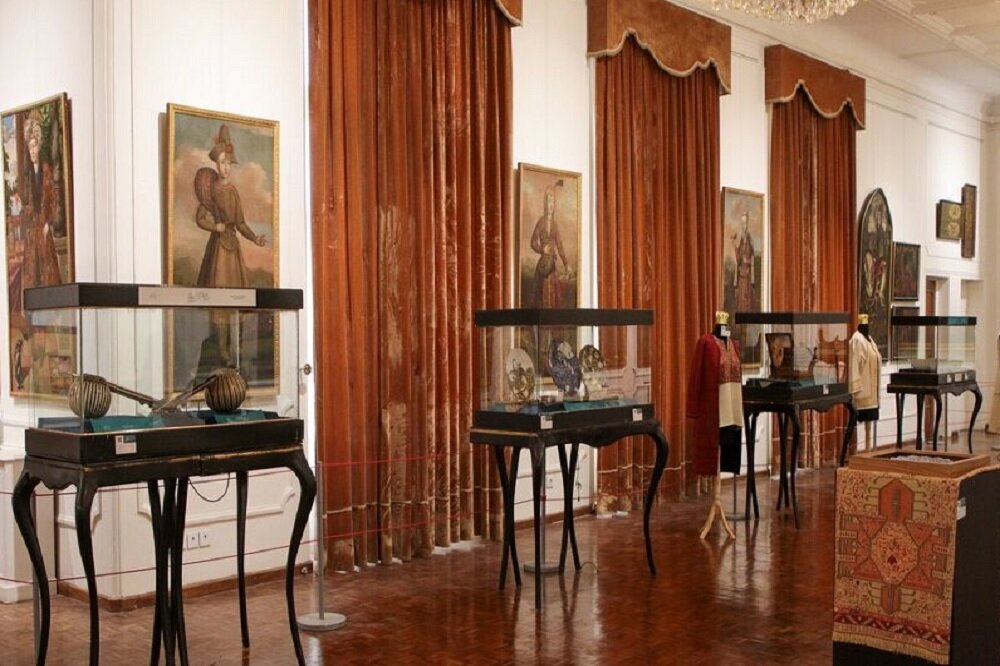Intl. Fajr Festival of Handicrafts extended due to popularity

TEHRAN - The exhibition showcasing works from the 9th International Fajr Handicrafts Festival, also known as Sarv-e Simin, has been extended until Friday, March 1, due to significant public interest. The festival's secretariat announced the extension following widespread enthusiasm from artists, researchers, and traditional art enthusiasts.
The exhibition, held at the Museum of Fine Arts within the Sa’dabad Cultural-Historical Complex, is open daily from 9 am to 4 pm, providing visitors with an opportunity to admire outstanding handicrafts from both national and international artists.
According to organizers, Sarv-e Simin aims to showcase and honor the finest traditional artworks. “This year’s event has drawn extensive participation from local and international artists, judges, and experts in the field,” IRNA reported on Monday.
Notable figures including Mohammad Javad Zarif, Iran’s Vice President for Strategic Affairs, and Reza Salehi-Amiri, the Minister of Cultural Heritage, Tourism, and Handicrafts attended the opening ceremony of the festival on February 20.
Out of 8,173 submissions, 7,974 artworks were from 4,378 Iranian artists, while 198 pieces were contributed by artists from 20 countries, including Tajikistan, Afghanistan, France, Thailand, the UK, India, Uzbekistan, and Kazakhstan. Among international participants, Tajik artists submitted the highest number of works, while within Iran, most submissions came from Isfahan and Shiraz.
The closing ceremony of the 9th International Fajr Handicrafts Festival is set to be held this evening at Milad Tower, where the winners will be announced and honored.
Available data compiled by the Ministry of Cultural Heritage, Tourism and Handicrafts, Iran’s annual handicraft exports currently stand at about $250 million, with an additional $250 million in informal “suitcase” exports. However, the global market for handicrafts is valued at $770 billion, underscoring a significant opportunity for growth.
Currently, a selection of 13 cities and three villages in Iran have been registered by the World Council of Handicrafts as “world cities of handicrafts.”
AM
Leave a Comment